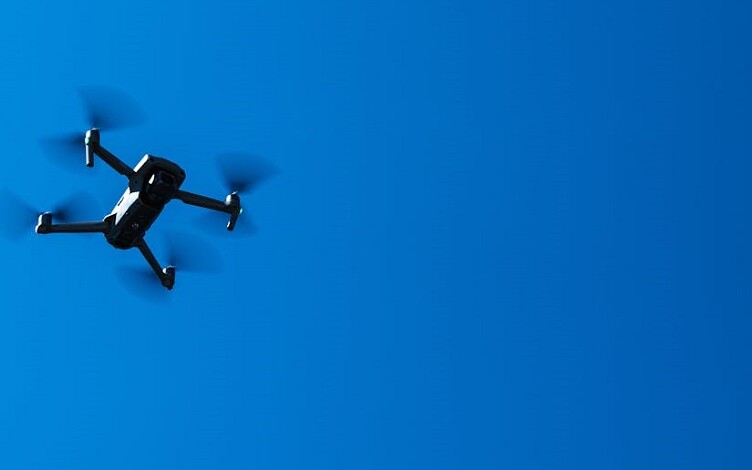This week’s “Around the Commercial Drone Industry” news round-up looks at Embry-Riddle’s research into the use of drones to reduce wildlife strikes around airports, an optical fiber system for drones, and how drone-derived evidence helped police and prosecutors secure a conviction in Maryland.
Embry-Riddle Students Look at Drones to Address Wildlife Strikes at Airports
Wildlife in and around airports can pose significant safety problems for people and aircraft, and a team of student researchers from Embry‑Riddle Aeronautical University believe that using drones for data collection could be key to addressing the issue. Through their research, the students found that uncrewed systems offer a cost-effective, safe, fast, and efficient way to collect essential information. Using drones, they say, enhances “the ability to identify different wildlife species simultaneously,” and help “us better understand how these animals interact with their habitats, which can be crucial for ensuring airport safety.” This past summer, the students won first place in the Airport Cooperative Research Program’s Student Research Design Competition for their work.
A “Nervous System” for Drones?
Keeping drones flying for longer periods of time has long been a goal of scientists and engineers. At the University of Southampton (UK), “Scientists are testing a drone fitted with its own ‘nervous system’ which they claim can keep it operating in the sky for longer.” According to a report, the optical fiber system “makes drones more efficient by continuously monitoring its structural health just like nerves in the body.” This approach, researchers say, “reduces the frequency it needs to land for inspection.”
Drone-Derived Evidence Leads to a Conviction in Maryland
According to a report by NBC News Washington, prosecutors in Montgomery County, Maryland have, for the first time, secured a conviction based on camera evidence collected by a drone. Local officials explained that a police drone was able to capture footage of “an assault as it was happening, leading to a quick arrest.” The footage showed a man stabbing a victim and then fleeing the scene. Then, the drone followed the assailant “as he walked away and directed the police officers to the area two blocks away where he was apprehended.” The news report stated that “County leaders say the case is proof that the new Drone as a First Responder program is a game changer, allowing officers to monitor situations as they happen.”















Comments